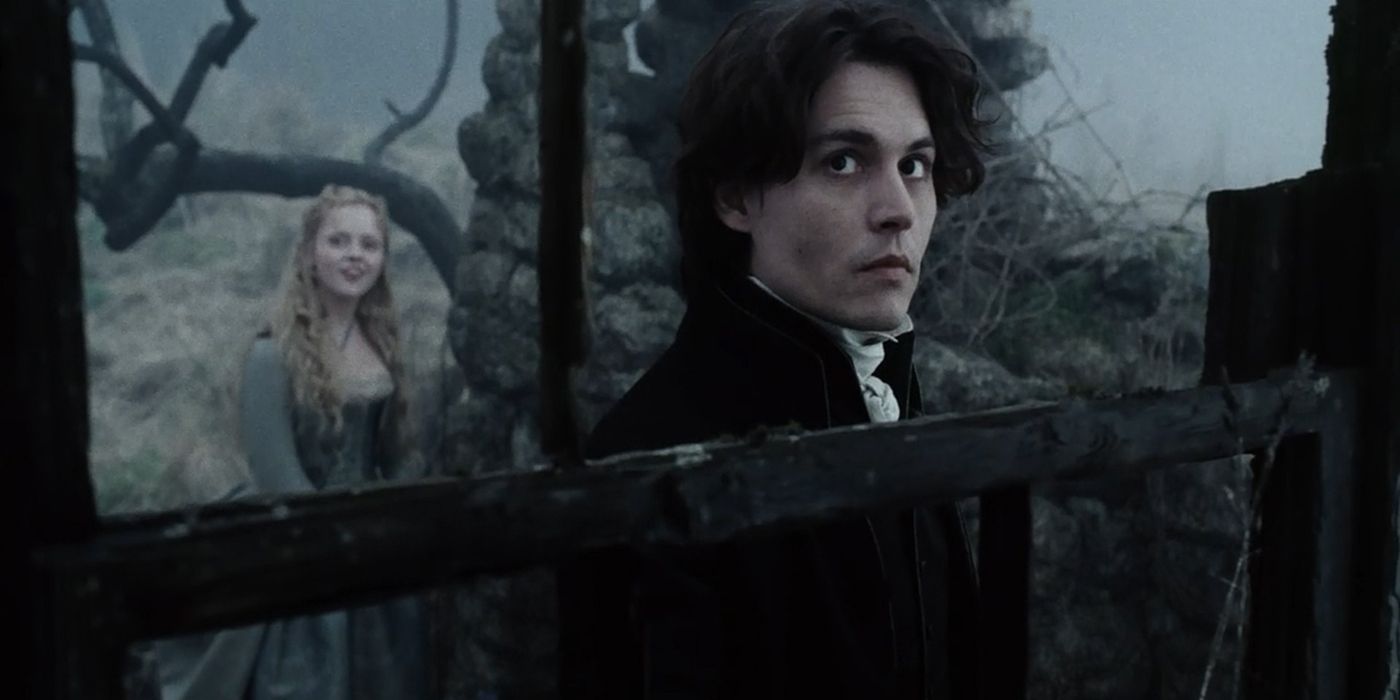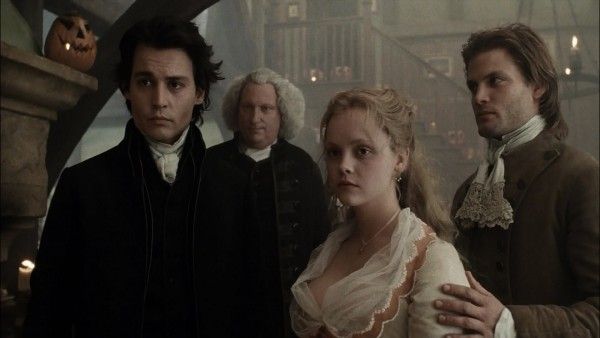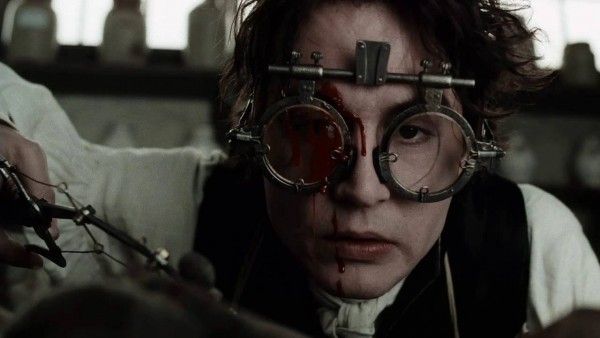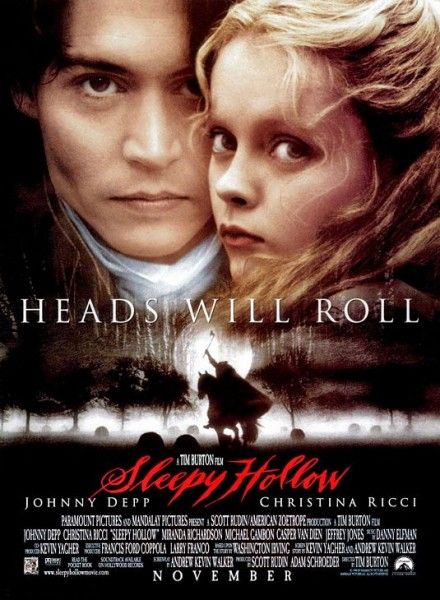When the Halloween season rolls around, the Tim Burton film that most people seem to discuss and watch the most is The Nightmare Before Christmas (which, for the record, Burton only produced—Henry Selick directed). But there’s another Burton film that’s just as fitting for the spooky fall season and also happens to be a pretty impeccable piece of filmmaking: Sleepy Hollow. Burton’s loose adaptation of the Washington Irving tale is a delightfully atmospheric, scary, and downright gorgeous piece of filmmaking, and it’s high time Sleepy Hollow got its due.
Released in 1999, the film marked a return to form of sorts for the Edward Scissorhands filmmaker. After taking the “weird” factor to the extreme in Batman Returns, Burton helped conceive and produce the aforementioned The Nightmare Before Christmas and then embarked on a passion project of sorts, 1994’s Ed Wood. The critically acclaimed drama stretched Burton as a storyteller and netted a pair of Academy Award wins, but Burton’s follow-up—the delightfully campy Mars Attacks!—floundered at the box office and received mixed reviews from critics.
Four years later, Burton returned with as close to a straight-up horror film as he’s ever made: Sleepy Hollow. This thing is violent and dripping with blood, but Burton wields his brush artfully, keeping this story of a literally headless horseman from becoming offputtingly grotesque. Johnny Depp’s weird-but-not-Charlie-and-the-Chocolate-Factory-weird performance as Ichabod Crane adds a strong dash of character to the piece, which is essentially a detective story with a fairy tale spin.
Indeed, the screenplay by Se7en scribe Andrew Kevin Walker handles the mystery of the headless horseman’s identity almost like a lost Sherlock Holmes novel, with the science-minded Crane riding in from the big city with overflowing skepticism. Slowly he comes to believe the folklorish tales of this horseman, but Crane’s devotion to facts and science keep him on track to rummaging through the mess to find political intrigue at the root. That the story is at heart about man’s cruelty to his fellow man makes it all the more engaging, as the Horseman character serves as a terrifying but not exactly intellectually challenging villain.
Aesthetically this is Burton’s best-looking film to date, and that is due in no small part to his collaboration with cinematographer Emmanuel Lubezki. Yes indeed, the Oscar-winning DP behind Gravity, The Revenant, and Birdman lent his talents to the world of Sleepy Hollow, and his contribution is immense. The frame evokes the late 18th century with an atmospheric dreariness, which altogether creates an incredibly creepy mood from the film’s opening frame to its last. And Lubezki and Burton’s use of color, specifically in highlighting red against the drabness of the rest of the palate, is positively brilliant. You feel this movie as you watch it, and the work that Burton and Lubezki did here still stands among their very best.
Indeed, while the black and white photography of Ed Wood is evocative and Batman Returns features a delightfully playful tone, Sleepy Hollow is still a cut above and Burton’s work that followed would recede into an increasingly CG-aided fog. To appreciate the greatness of Sleepy Hollow is to also acknowledge the somewhat lack of vigor in a lot of Burton’s recent work. Big Fish and Sweeney Todd are standouts to be sure, but there’s something rote about films like Dark Shadows and Miss Peregrine’s Home for Peculiar Children—like he’s simply going through the motions.
But we’ll always have Sleepy Hollow, and there’s no better time of year to rediscover (or to continue loving, for all you woke Burton fans out there) this should-be horror classic. It’s spooky, it’s scary, it’s gorgeous, and while it may make you yearn for the Tim Burton of yesteryear, it’s a delightful Halloween watch regardless.




